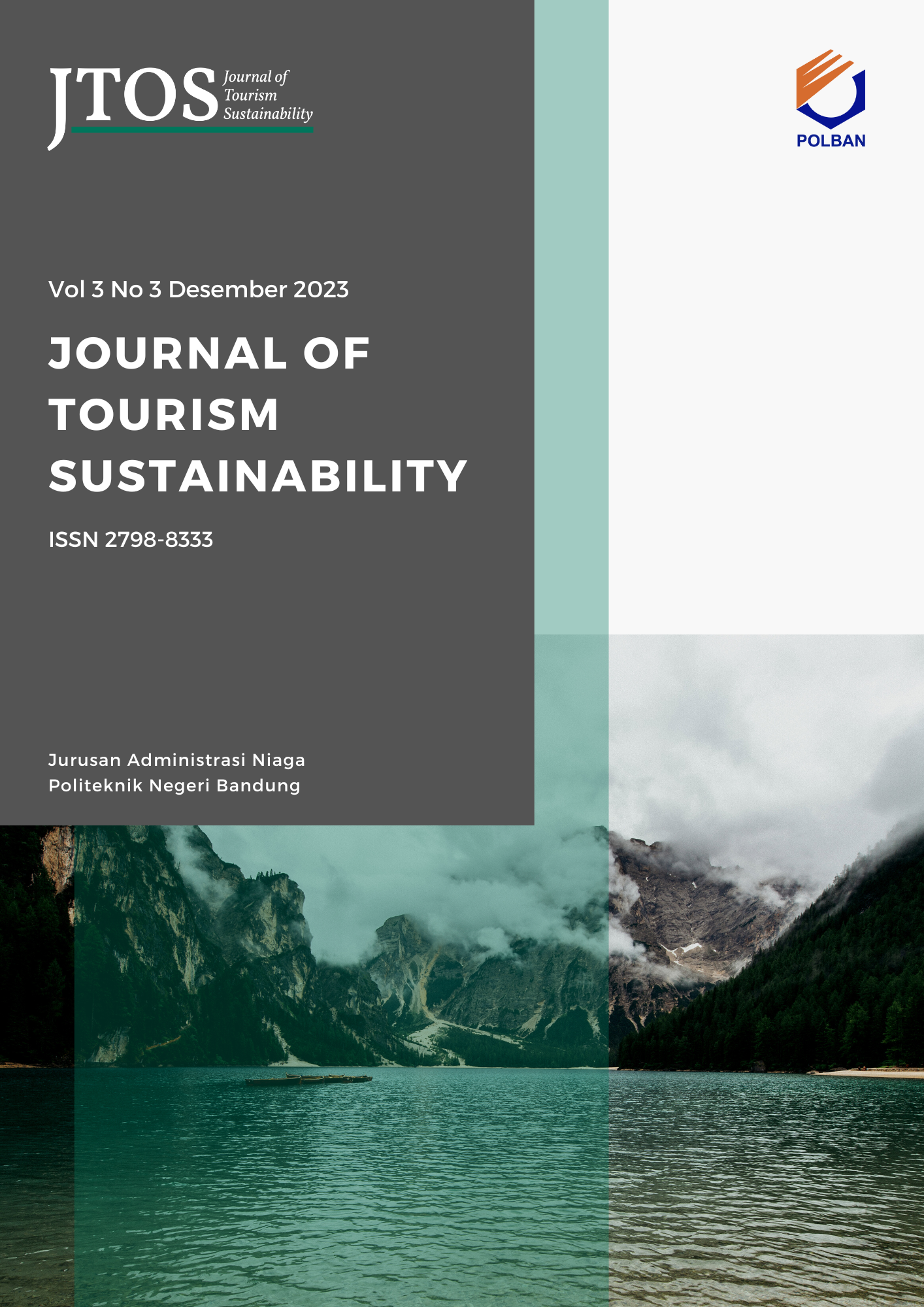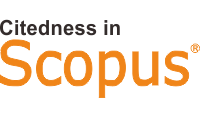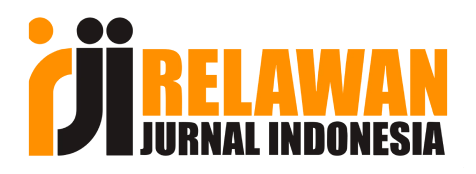Planning for Facility Development at the Situ Cileunca Tourist Area, Bandung Regency
DOI:
https://doi.org/10.35313/jtospolban.v5i3.172Keywords:
Tourism Infrastructure, Facility Redevelopment, Spatial Planning, Sustainable Tourism, Cost EstimationAbstract
Situ Cileunca, a natural lake-based tourist destination in Bandung Regency, suffers from substandard tourism infrastructure and spatial disorganization. Preliminary observations reveal critical issues, including limited lodging access, degraded circulation in culinary areas, and the deterioration or absence of key facilities such as toilets, piers, observation towers, and gazebos. This study aims to develop a comprehensive facility development plan for the ±19,600 m² tourism area, aligned with spatial planning regulations and sustainable asset management principles. A mixed-methods approach was adopted, combining field observation, stakeholder interviews, and document analysis. The facility development framework is structured into three core dimensions: (1) accommodation facilities (lodging, culinary zones, playground); (2) supporting facilities (entrance gate, parking, footpaths, sanitation, security posts, waste bins, souvenir kiosks, piers, gazebos, observation towers, and photo spots); and (3) tourism auxiliary facilities (information center and signage systems). The proposed development emphasizes spatial restructuring, visual quality enhancement, and functional integration to improve visitor experience and operational efficiency. The total post-tax estimated cost for the entire project is IDR 52,239,849,498. The results contribute to formulating a replicable model for facility redevelopment in nature-based tourism destinations.
References
Journals and Books
Achmad, F., Prambudia, Y., & Rumanti, A. A. (2023). Improving Tourism Industry Performance through Support System Facilities and Stakeholders: The Role of Environmental Dynamism. Sustainability, 15(5), 4103. https://doi.org/10.3390/su15054103
Akinbamijo, O. B., & Aladetuyi, O. I. (2019). Infrastructure development and city redevelopment in Nigeria: a case of Akure. IJAHSS, 1, 37–47.
Apriyanti, M. E., Sumaryoto, & Meirinaldi. (2024). The Importance of Tourism Infrastructure in Increasing Domestic and International Tourism. International Journal of Research in Vocational Studies (IJRVOCAS), 3(4), 113–122. https://doi.org/10.53893/ijrvocas.v3i4.46
Budisetyorini, B., Adisudharma, D., Prawira, M. F. A., Salam, D. A., Wulandari, W., & Susanto, E. (2021). Pengembangan Pariwisata Bertema Eco-Forest dan Sungai di Bumi Perkemahan Tangsi Jaya. Jurnal Kepariwisataan : Destinasi, Hospitalitas Dan Perjalanan, 5, 75–88. https://doi.org/10.34013/jk.v5i1.220
Campbell, J. D., Jardine, A. K. S., McGlynn, J., & Barry, D. M. (2024). Asset management excellence: optimizing equipment life-cycle decisions. CRC Press.
Cooper, C. (2005). Tourism: Principles and Practice. Pearson Education. https://books.google.co.id/books?id=OWonlWCgp34C
Du Cros, H., & McKercher, B. (2020). Cultural tourism. Routledge.
Fatmawati, I., & Olga, F. (2023). Investigating The Determining Factors of Tourist Revisit Intention in a Natural-based Tourism Destination. E3S Web of Conferences, 444, 01014. https://doi.org/10.1051/e3sconf/202344401014
Ginting, N., Lathersia, R., Putri, R. A., Yazib, P. A. D., & Salsabilla, A. (2020). Kajian Teoritis: Pariwisata Berkelanjutan berdasarkan Distinctiveness. Talenta Conference Series: Energy and Engineering (EE), 3(1).
Hardani, N. H. A., Ustiawaty, J., Utami, E. F., Istioqmah, R. R., Fardani, R., & Dhika Juliana Sukmana, N. H. A. (2020). Buku Metode Penelitian Kualitatif dan Kualitatif. Repository. Uinsu. Ac. Id (Issue April).
Insani, N., Narmaditya, B., Habibi, M., Majid, Z., & A’rachman, F. (2022). Tourists' Perception of tourism facilities concept based on geotourism at UNESCO Global Geopark Batur Bali in Indonesia. IOP Conference Series: Earth and Environmental Science, 1039(1), 012040. https://doi.org/10.1088/1755-1315/1039/1/012040
Iqbal, M. (2022). Pemberdayaan Masyarakat dalam Pengembangan Desa Wisata melalui Konsep Community Based Tourism dan Sustainable Tourism. AT TAMKIN: Jurnal Pengembangan Masyarakat Islam, 2(1), 9–27.
Kartini, B. T., Nopianti, H., & Widyarti, D. (2024). Welcoming The Future: Challenges and Opportunities for Villagers in Lake Bermanei Tourism Development. Edueksos Jurnal Pendidikan Sosial & Ekonomi, 13(02).
Kiriman, M., Engka, D. S. M., & Tolosang, K. D. (2023). Analisis Pengembangan Potensi Pariwisata Di Kabupaten Kepulauan Sitaro (Studi Kasus Di Pulau Siau). Jurnal Berkala Ilmiah Efisiensi, 23(6), 181–192.
Maksum, R. D., Djau, R., & Palilati, M. P. (2024). Peningkatan Potensi Wisata Danau Meno Nusa Tenggara Barat Melalui Integrasi Desain Arsitektural Dan Lingkungan. JAMBURA Journal of Architecture, 6(2).
Mohamad, W. N. W., Mzek, T., Samdin, Z., & Hasan-Basri, B. (2022). Exploring preference heterogeneity and willingness to pay for tourist facility attributes in Kenyir Lake, Malaysia. Malaysian Journal of Economic Studies, 59(2), 241–260.
Moleong, L. J. (2007). Metodologi penelitian kualitatif edisi revisi.
Nasution, L., Anom, S., & Karim, A. (2020). Pengaruh Program Sapta Pesona Dan Fasilitas Terhadaptingkat Kunjungan Objek Wisata T-Gardendi Kecamatan Deli Tua Kabupaten Deli Serdang. Jurnal Darma Agung, 28(2), 211. https://doi.org/10.46930/ojsuda.v28i2.627
Nguyen, T. N., Tran, D. T. L., Ly, M. T., & Duong, T. X. (2025). Factors Influencing Tourist Satisfaction at a Biosphere Reserve: The Case of Ca Mau Cape, Vietnam. European Journal of Humanities and Social Sciences, 5(1), 1–7. https://doi.org/10.24018/ejsocial.2025.5.1.583
Purwono, R., Esquivias, M. A., Sugiharti, L., & Rojas, O. (2024). Tourism Destination Performance and Competitiveness: The Impact on Revenues, Jobs, the Economy, and Growth. Journal of Tourism and Services, 15(28), 161–187. https://doi.org/10.29036/jots.v15i28.629
Siregar, D. D. (2004). Manajemen aset: strategi penataan konsep pembangunan berkelanjutan secara nasional dalam konteks kepala daerah sebagai CEOs pada era globalisasi & otonomi daerah. Language, 43(836p), 26cm.
Sugiama, A. G. (2013). Manajemen Aset Pariwisata Pelayanan Berkualitas Agar Wisatawan Puas dan Loyal. Gurdaya Intimarta.
Sugiyono, D. (2013). Metode penelitian pendidikan pendekatan kuantitatif, kualitatif dan R&D.
Sugiyono, S., & Lestari, P. (2021). Metode penelitian komunikasi (Kuantitatif, kualitatif, dan cara mudah menulis artikel pada jurnal internasional). Alvabeta Bandung, CV.
Utomo, D. K. S., Gusadi, M. H., Rahmi, U. A., Ramadhan, G., & Pratiwi, W. D. (2024). Identifying 4a's Component (Attraction, Accessibility Amenity, And Ancillary) In Sade Tourism Village. Jurnal DIALEKTIKA: Jurnal Ilmu Sosial, 22(1), 102–122.
Virginio Y. L Ndjurumbaha, Maria I. H.Tiwu, & Fransina W. Ballo. (2024). Peran Sektor Pariwisata Dalam Meningkatkan Pendapatan Asli Daerah Kabupaten Sumba Timur. Jurnal Manajemen Dan Ekonomi Kreatif, 2(3), 46–55. https://doi.org/10.59024/jumek.v2i3.366
Walangitan, H. D., Rotinsulu, W. C., & Paat, F. J. (2024). Analysis of Management Strategies for Lake Tondano Ecosystem in North Sulawesi, Indonesia Using Swot and AHP Methods. Revista de Gestão Social e Ambiental, 18(2), e04921. https://doi.org/10.24857/rgsa.v18n2-087
Wibowo, P., Purnama, H., Elina, M., Astuti, H. W., & Ikhsan, A. E. (2023). Fasilitas Pariwisata Terhadap Kepuasan Pengunjung Objek Wisata Di Pulau Pahawang Kabupaten Pesawaran. Jurnal Bisnis Darmajaya, 9(2), 109–122.
Normative
Bandung City. (2022). Regional Regulation of Bandung City No. 5 of 2022 on Regional Spatial Planning of Bandung City. Bandung: Bandung City Government.
Bandung Regency. (2016). Regional Regulation of Bandung Regency No. 27 of 2016 on Regional Spatial Planning of Bandung Regency 2016–2036. Bandung: Bandung Regency Government.
Bandung Regency. (2019). Regional Regulation of Bandung Regency No. 4 of 2019 on Regional Tourism Development Master Plan 2018–2025. Bandung: Bandung Regency Government.
Ministry of Environment and Forestry. (2020). Regulation of the Minister of Environment and Forestry No. P.13/MENLHK/SETJEN/KUM.1/5/2020 on Development of Nature Tourism Facilities and Infrastructure in Forest Areas. Jakarta: Ministry of Environment and Forestry.
Ministry of Health. (2006). Decree of the Minister of Health of the Republic of Indonesia No. 1429/MENKES/SK/XII/2006 on Guidelines for Implementation of School Environmental Health. Jakarta: Ministry of Health.
Ministry of Public Works and Public Housing. (2015). Regulation of the Minister of Public Works and Public Housing No. 28/PRT/M/2015 on Determination of River Border Lines and Lake Border Lines. Jakarta: Ministry of Public Works and Public Housing.
Republic of Indonesia. (2011). Government Regulation No. 50 of 2011 on National Tourism Development Master Plan 2010–2025. Jakarta: State Gazette.
Downloads
Published
Issue
Section
License
Copyright (c) 2025 Putri Azzahra Ameliana, Tri Setyowati

This work is licensed under a Creative Commons Attribution-NonCommercial-ShareAlike 4.0 International License.



.png)

















